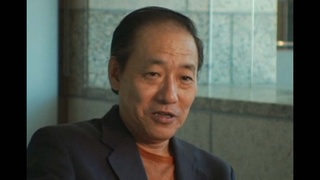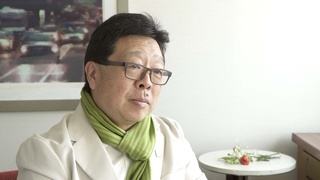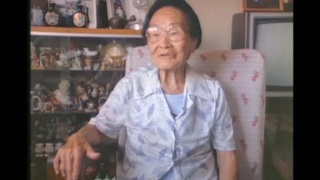Interviews
“Junior Issei” (Japanese)
(Japanese) For the first half of my life in America, I walked the exact same path as the Issei; I think I’ve done the same kind of things as the them. For the first 15 years, even after I got married and had three children, for over ten years until my father died, I continued to send money home. So, no matter how hard I worked, I had almost no savings. My three daughters in elementary school – and I as well – never had any fun memories of vacation or anything like that.
So, for me, you could say the Kibei are “junior Issei”. That’s where I place them.
Like the Issei, I’ve done everything – from gardener’s apprentice to houseboy, from truck driver to vendor at a tiny shop. I worked by doing things that were around me, one after another. Because of that, I couldn’t really go to school. No, not “I couldn’t really go”; I didn’t go at all. So, the same went for studying English. This is my failure – that I didn’t go to school.
Date: January 31, 2012
Location: California, US
Interviewer: John Esaki, Yoko Nishimura
Contributed by: Watase Media Arts Center, Japanese American National Museum
Explore More Videos

A strong Japanese identity (Japanese)
(b. 1948) Executive Director of Amano Museum


Parents
(b. 1934) Award-winning Disney animation artist who was incarcerated at Topaz during WWII

Father’s Reason For Moving to Argentina (Japanese)
(b. 1962) Nisei Japanese Argentinian, currently residing in Japan

Days I spent aching for Japan in tears (Japanese)
(b.1900) Issei plantation worker in Hawai'i.

Tough work on plantation (Japanese)
(b.1900) Issei plantation worker in Hawai'i.

Leaving children in daycare all day to work (Japanese)
(b.1900) Issei plantation worker in Hawai'i.

How we were treated on plantation after the attack on Pearl Harbor (Japanese)
(b.1900) Issei plantation worker in Hawai'i.

Parent's immigration to Peru
(b. 1942) Japanese Peruvian incarcerated in Crystal City

From scrubbing pad factory worker to tailor
Professor of Law, University of Sao Paulo, Lawyer, Translator (b. 1948)

Occupations of early Japanese immigrants
Professor of Law, University of Sao Paulo, Lawyer, Translator (b. 1948)
